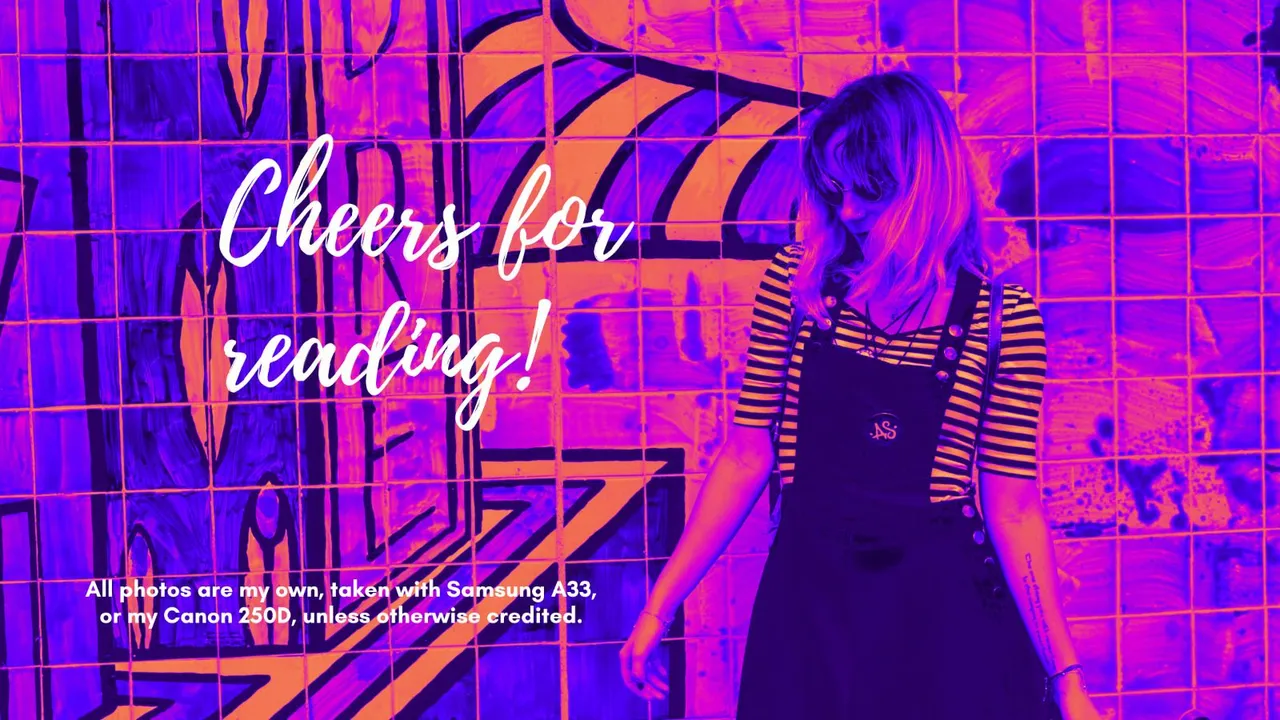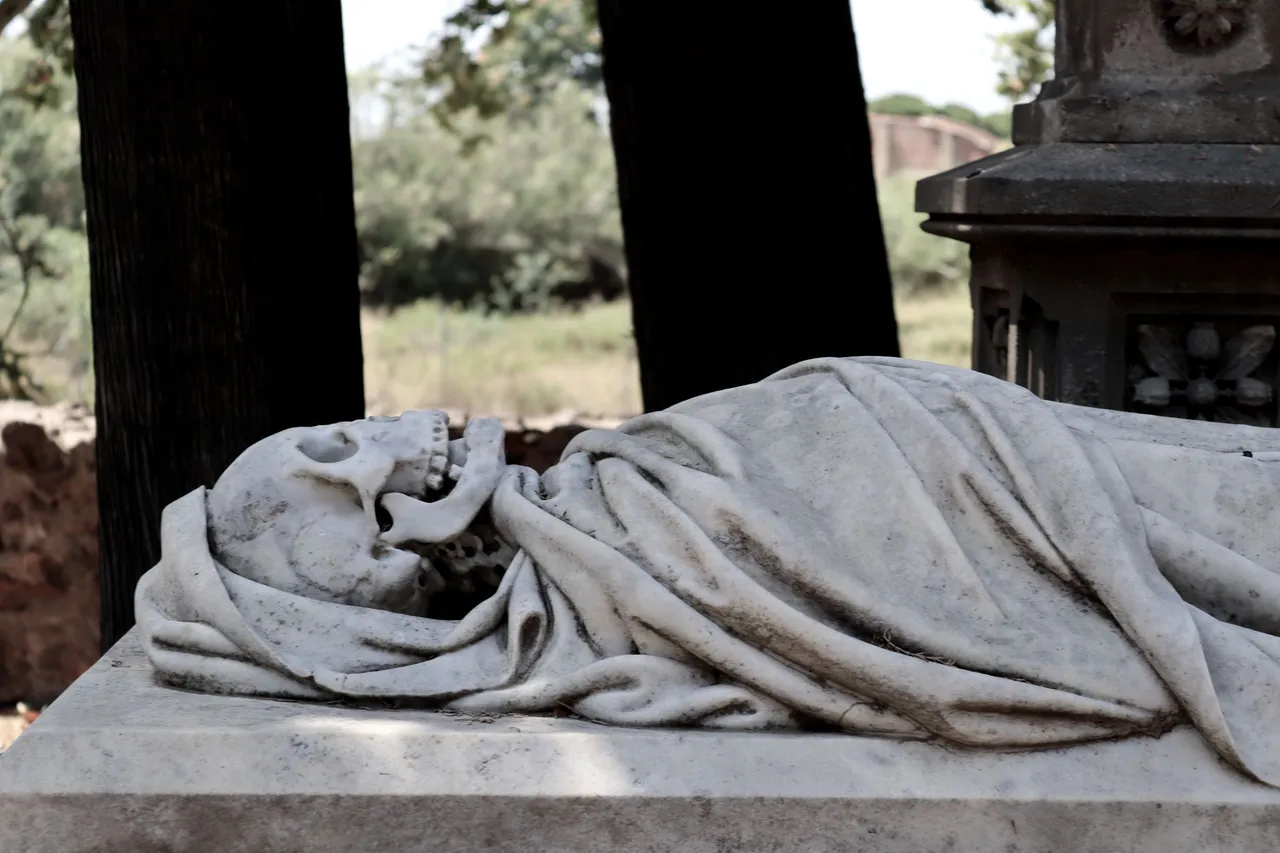
One of the things I knew I had to do while in Barcelona was visit Montjuic Cemetery.
Perhaps it's the writer in me, but I've always had a fascination for cemeteries.

The concept of them, the need to know where we left someone and the comfort that provides us with offers tremendous insight in how we work. How clueless we are and how frighteningly small our understanding of death (and implicitly existence) is.

Cemeteries are a place designed, in my opinion, not for the dead, but exclusively for the living. They are places designated for grief, which gives us this funny illusion that grief can be managed, if only we assign a particular place for it.

Except grief, as anyone who has lost will tell you, is untenable. There is no fencing in grief, and certainly no alleviating it, not even with art. Which is essentially what these beautiful sculptures and flowery headstones are. They're one final artistic line in the sand against that which we have no dominion over.
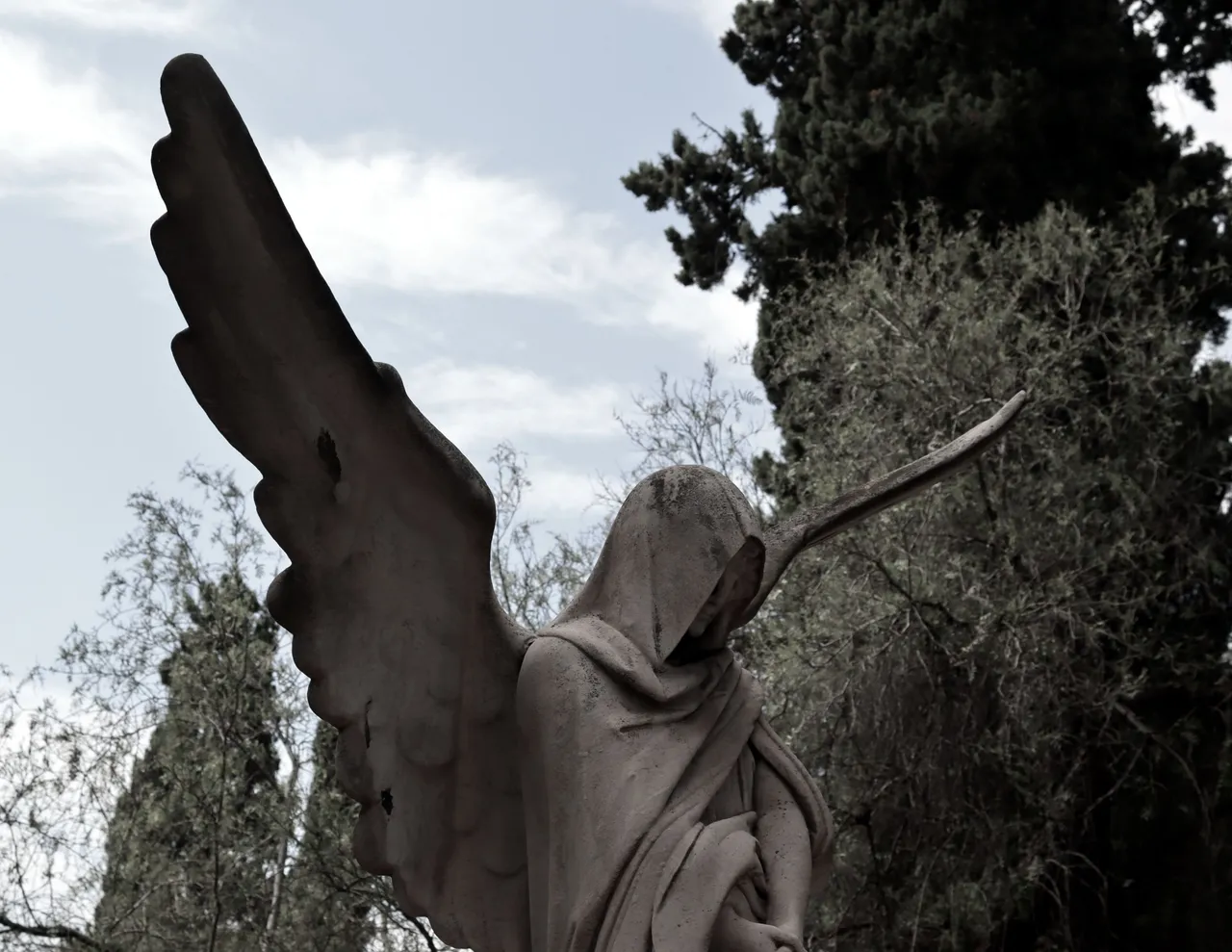
They are our attempt to control something far beyond our grasp.
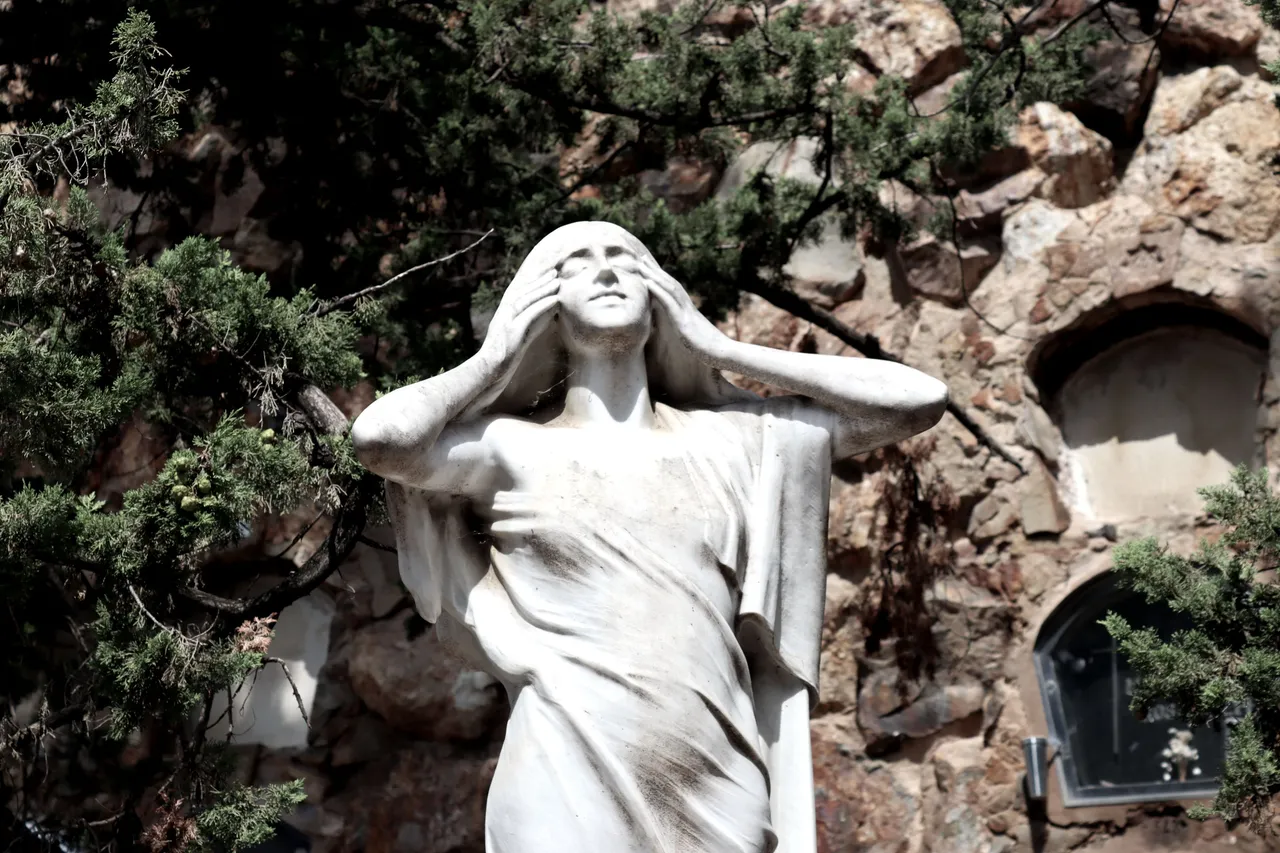
One can, of course, make the argument that cemeteries are a religious concept. That in our current understanding of deity, they are the place where we store our dead to await the Second Coming of Christ, where they will be resurrected, much as He Himself was.
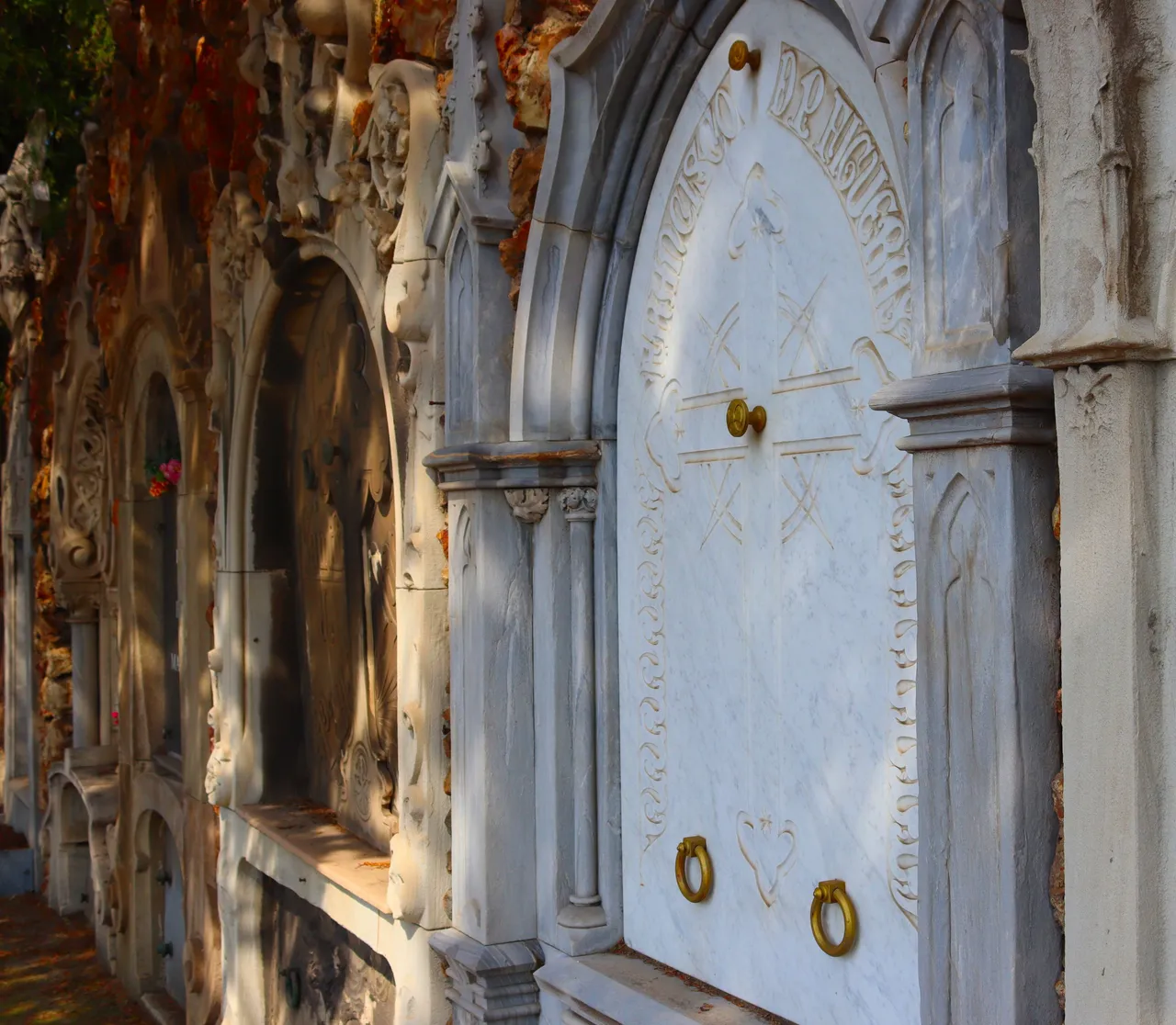
I've always been fascinated by the denial of death implicit in that theory. That the only way we can tolerate the concept of death is by saying "look, it's not real". It's not forever. They come back. It just seems like forever now, but actually it's just a really long wait. It's the adult equivalent of trying to appease a small, impatient child who's looking forward to summer vacation in November. And it's not really about whether there's any truth to this idea. Whether there's resurrection or reincarnation or anything beyond.
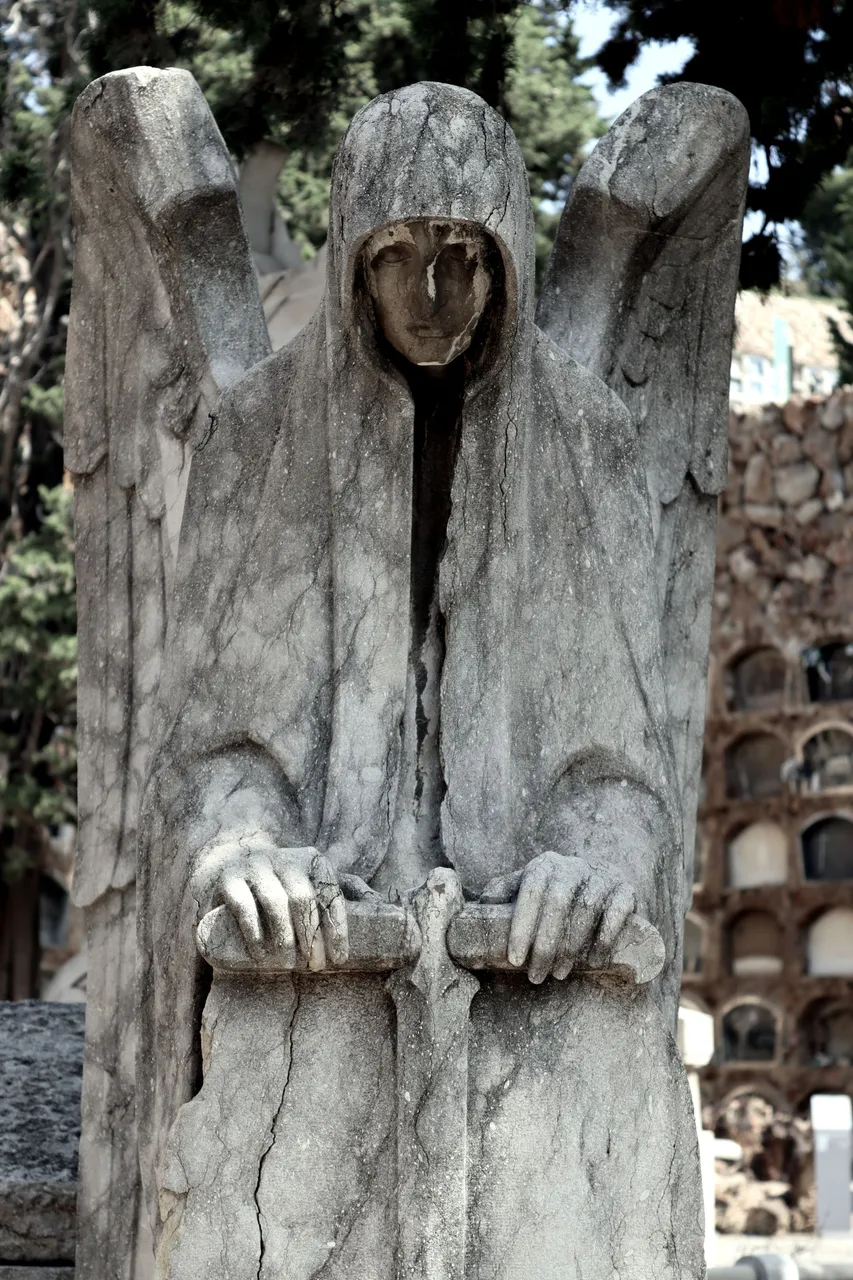
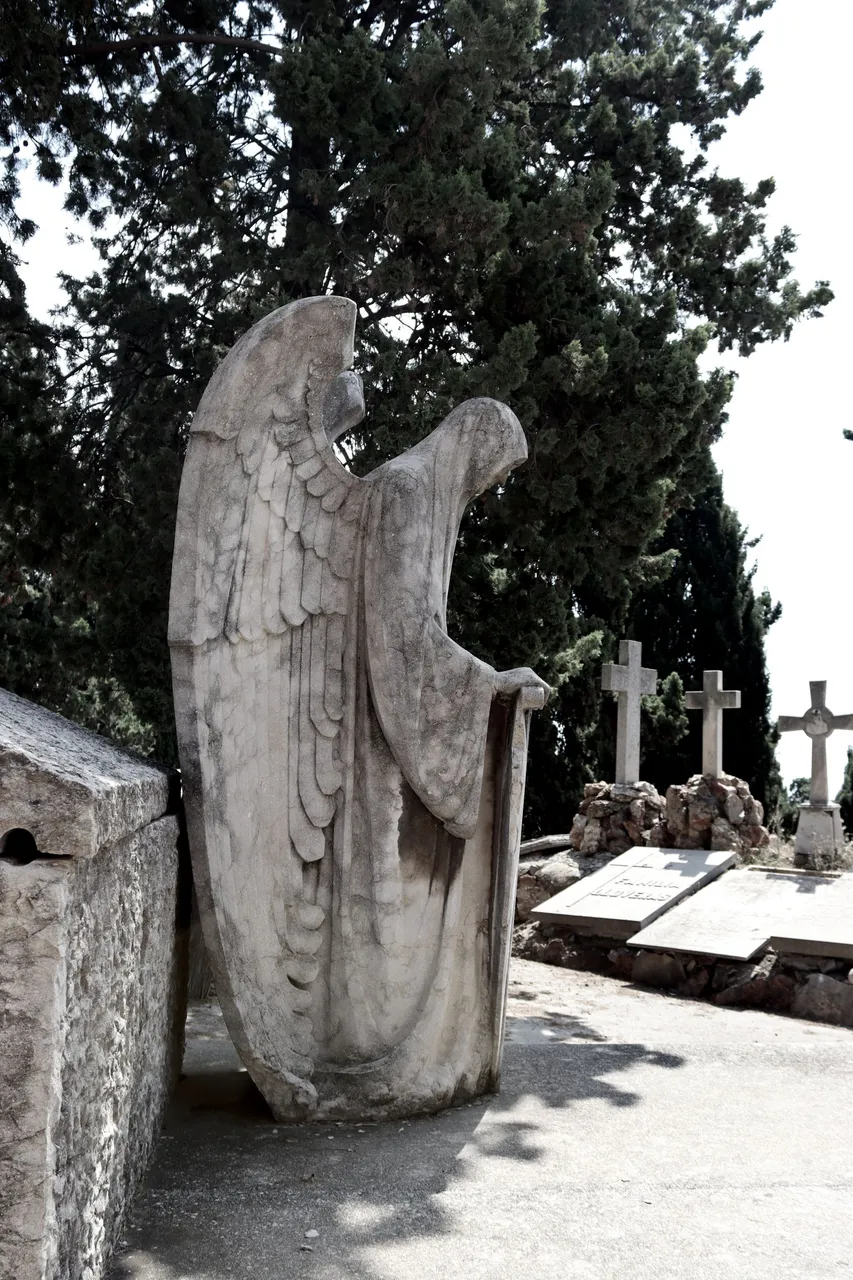
It's struggling against the only truth we can actually get our hands on right now. Which is that, as far as our past experiences inform us, no one has come back. Which makes death final, and we can't deal with that. So we create illusions. We decorate, and as long as we decorate, it's not a tomb, it's a house.
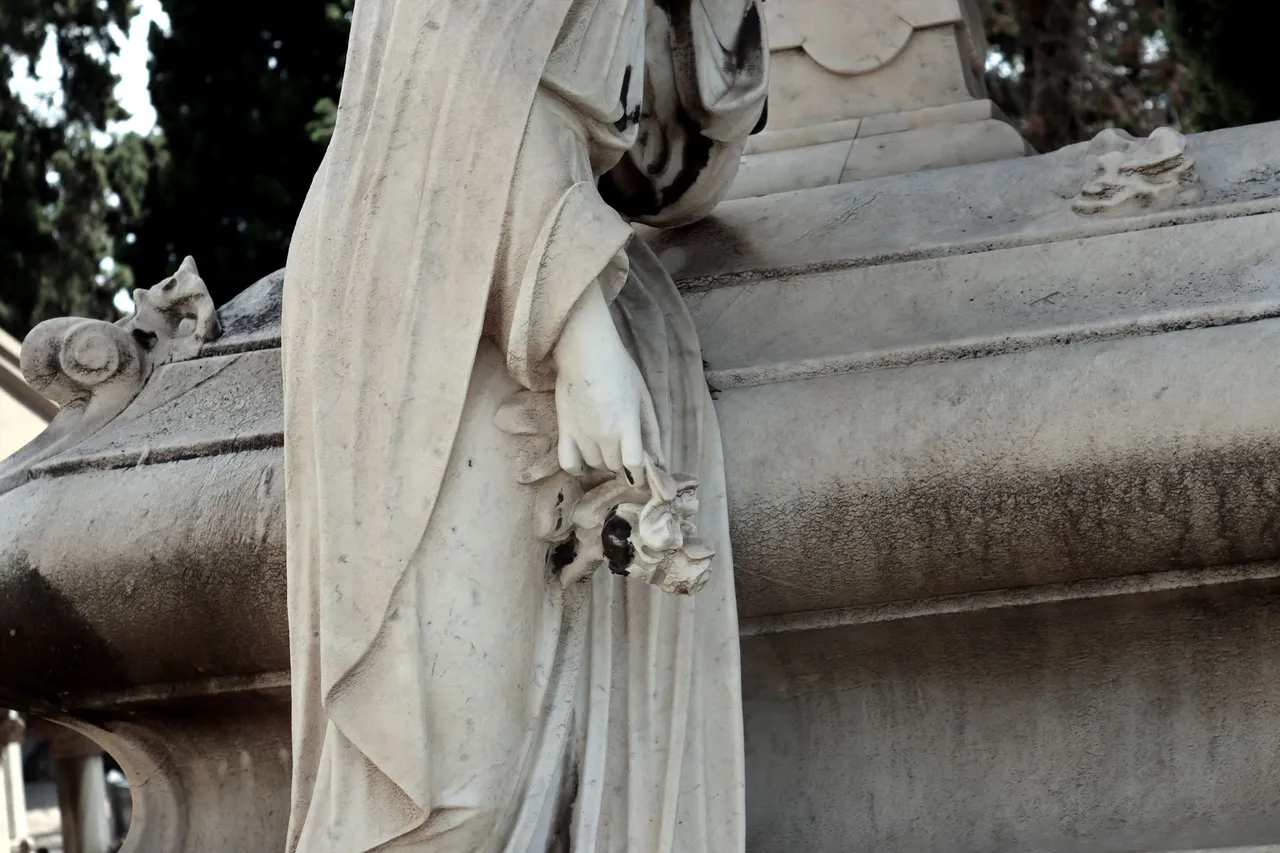
I've always been fascinated by the rigor with which we maintain and upkeep cemeteries. In its way, it's another refusal to accept finality or permanence. It's denial of the very concept of death, because it implies that wherever our loved ones may be, they're in pain, and our sweeping their grave will somehow make death more palatable.
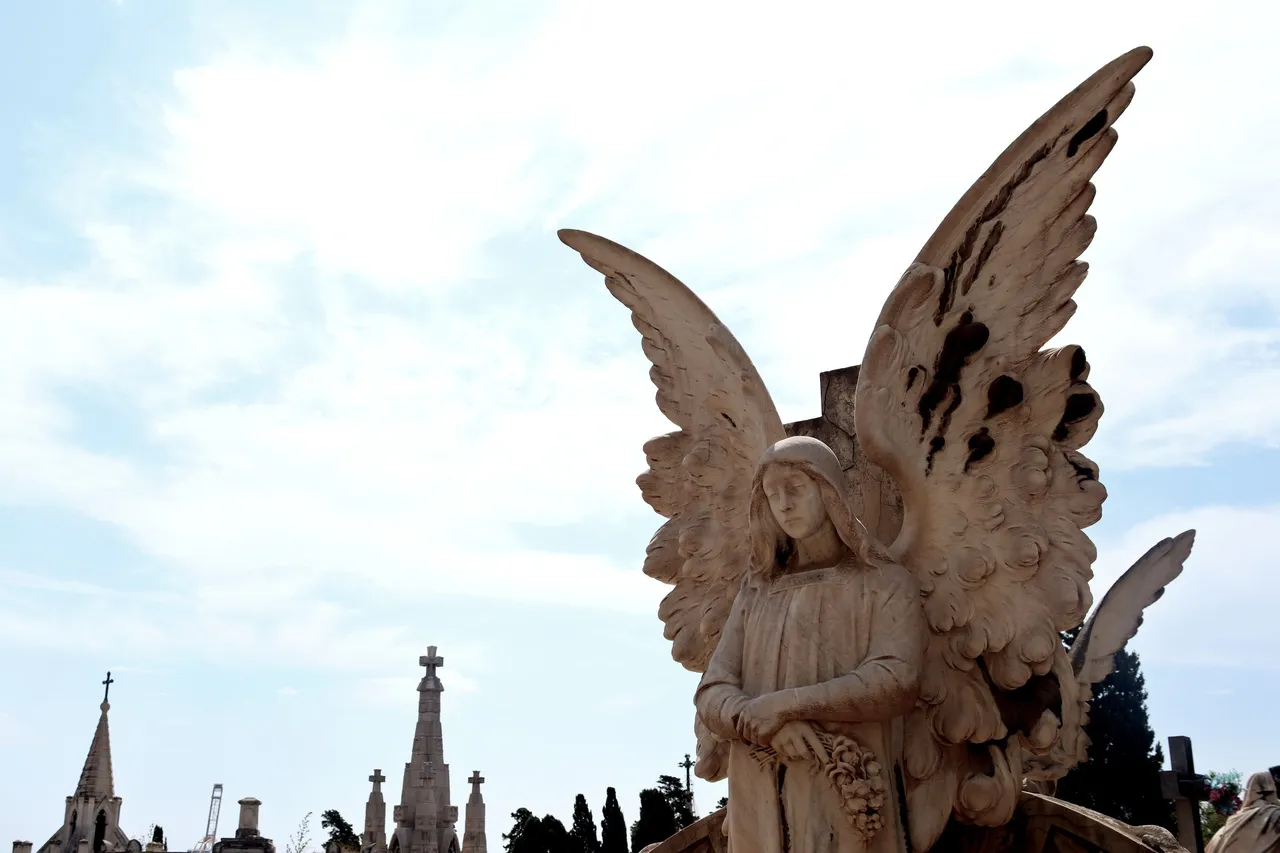
It seems highly unlikely, should they be there, that they're hanging around to see whether you fixed the crack in the headstone or brought fresh flowers, or any of that. But again, these are not acts for the dead, they're for the living.
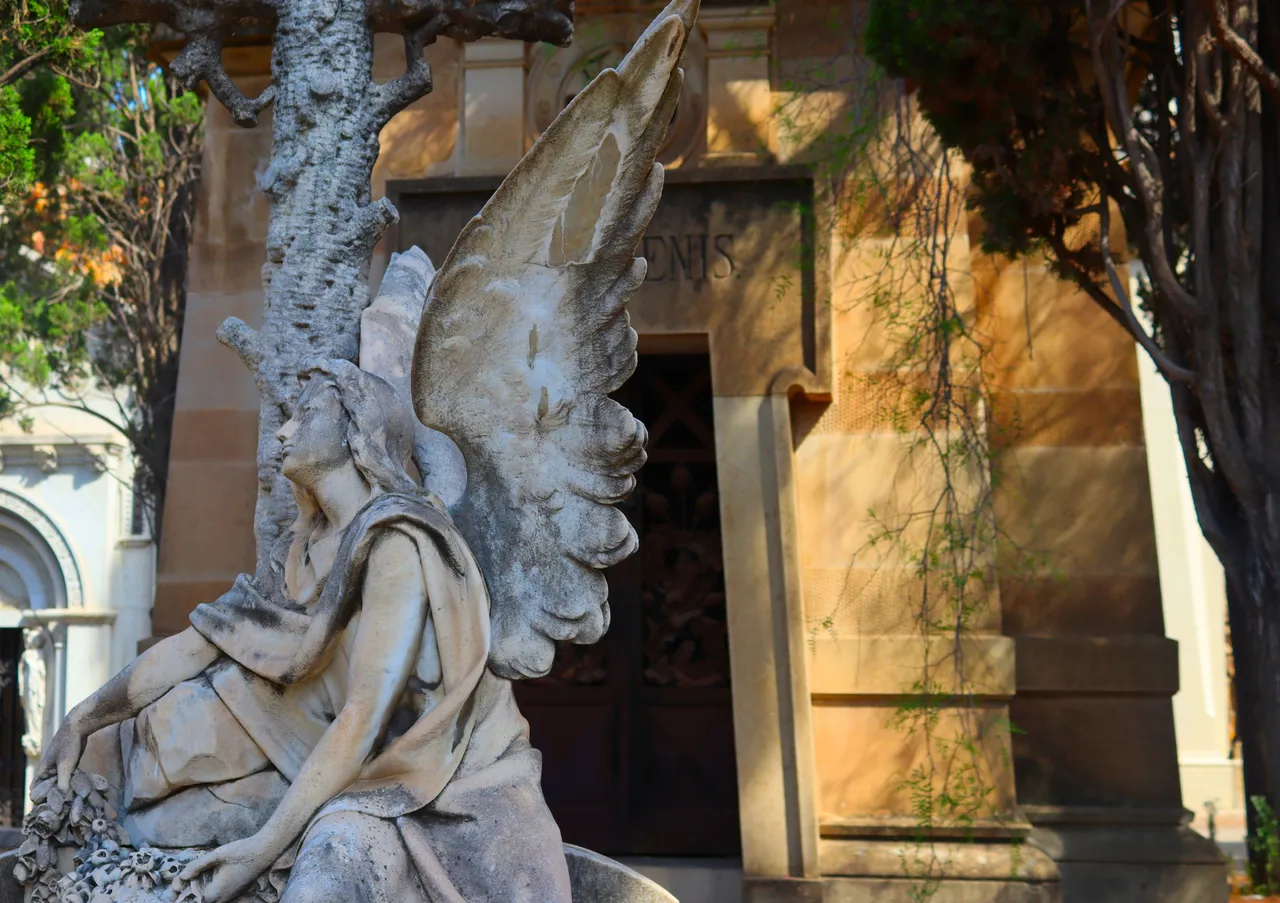
Maintaining cemeteries allows us to dance in the face of our own death, with the hope that when we ourselves die, someone will sweep and clean our grave. And then, we won't really be dead. And yet,
I am not there, I do not sleep.
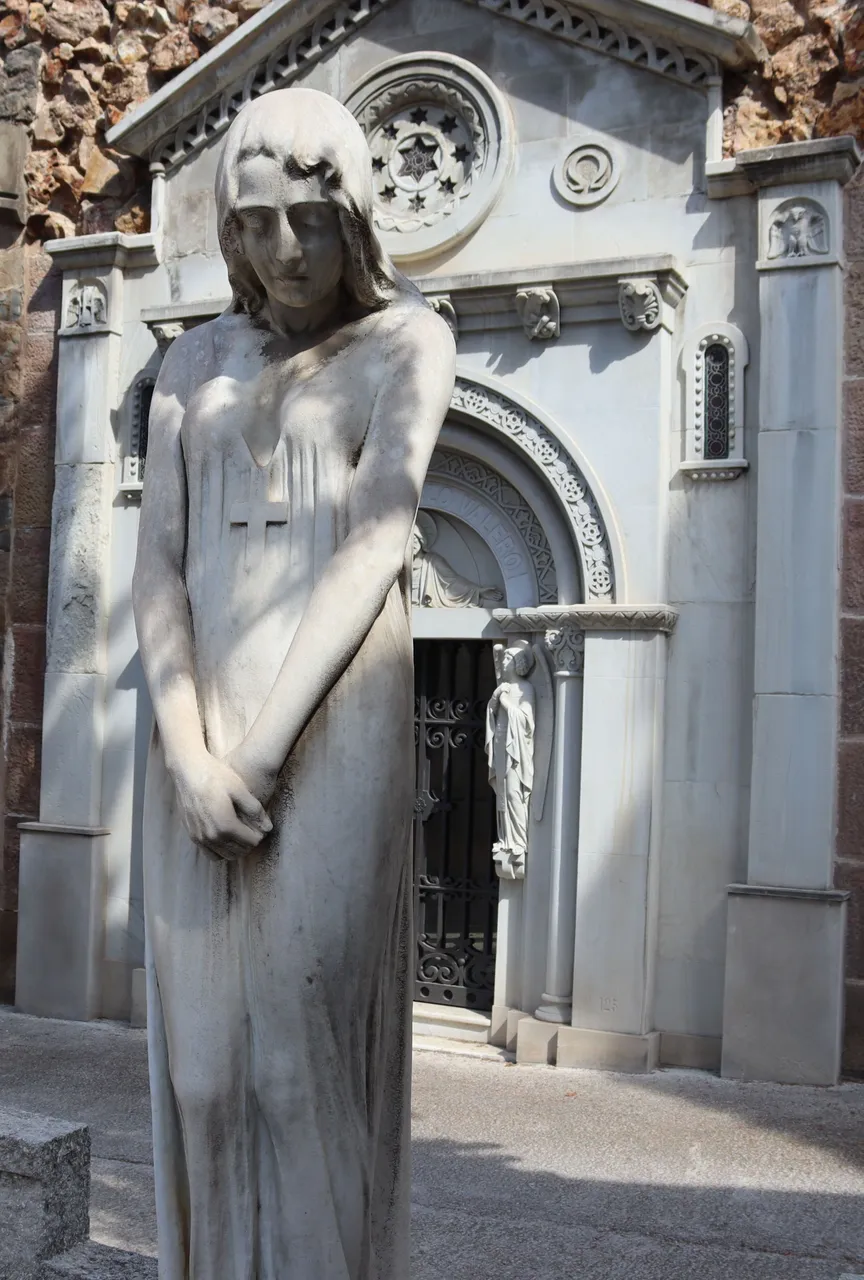
It's strange to me because while the desire to dance in the face of death is natural, we indulge it so little while we're actually living. Sex, as Bukowski so famously put it, is a way of dancing in the face of death (while singing, to boot), yet we bind it in such shame that many still only dare to do it under cover of dark.
Everyone knows you can't really dance freely as long as you're ashamed.


Dancing itself is a way of celebrating life while defying the end, in a way. Love. Yet we repress that as well or trade it for commodities or prioritize pride and ego. Happiness. Ours is a society that values drudgery and senseless work and toil, instead of allowing people to grow, to spend time with loves ones, or engage in activities that nourish their soul.
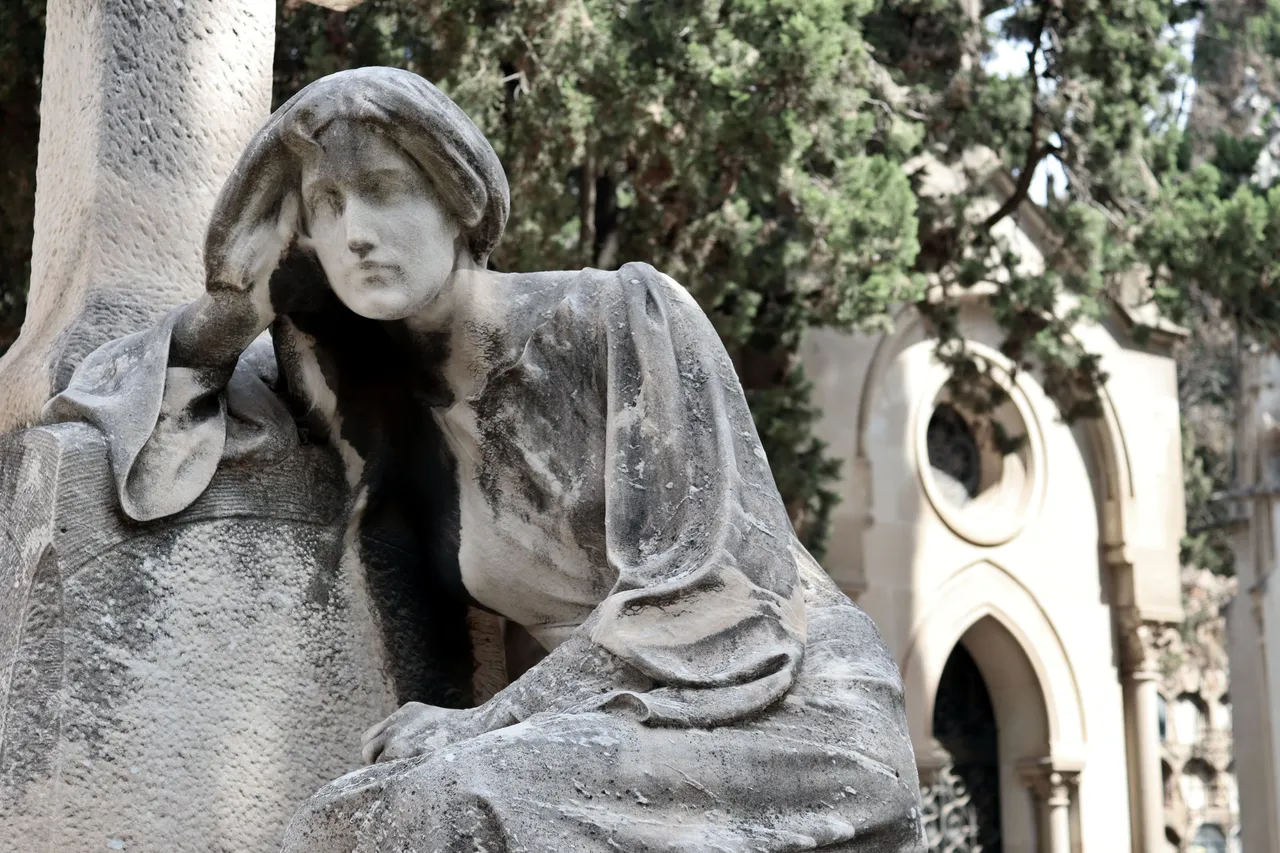
And much as it's tempting to blame it all on modernity and capitalism, it's not really. The religious society of yore that initially built these cemeteries kept people just as repressed. Life was a great toil of shame, poverty, sin, and all sorts of other nonsense that kept people cowering in the dark. Often with the carrot-stick of an afterlife and of a second coming where their day would come, finally.
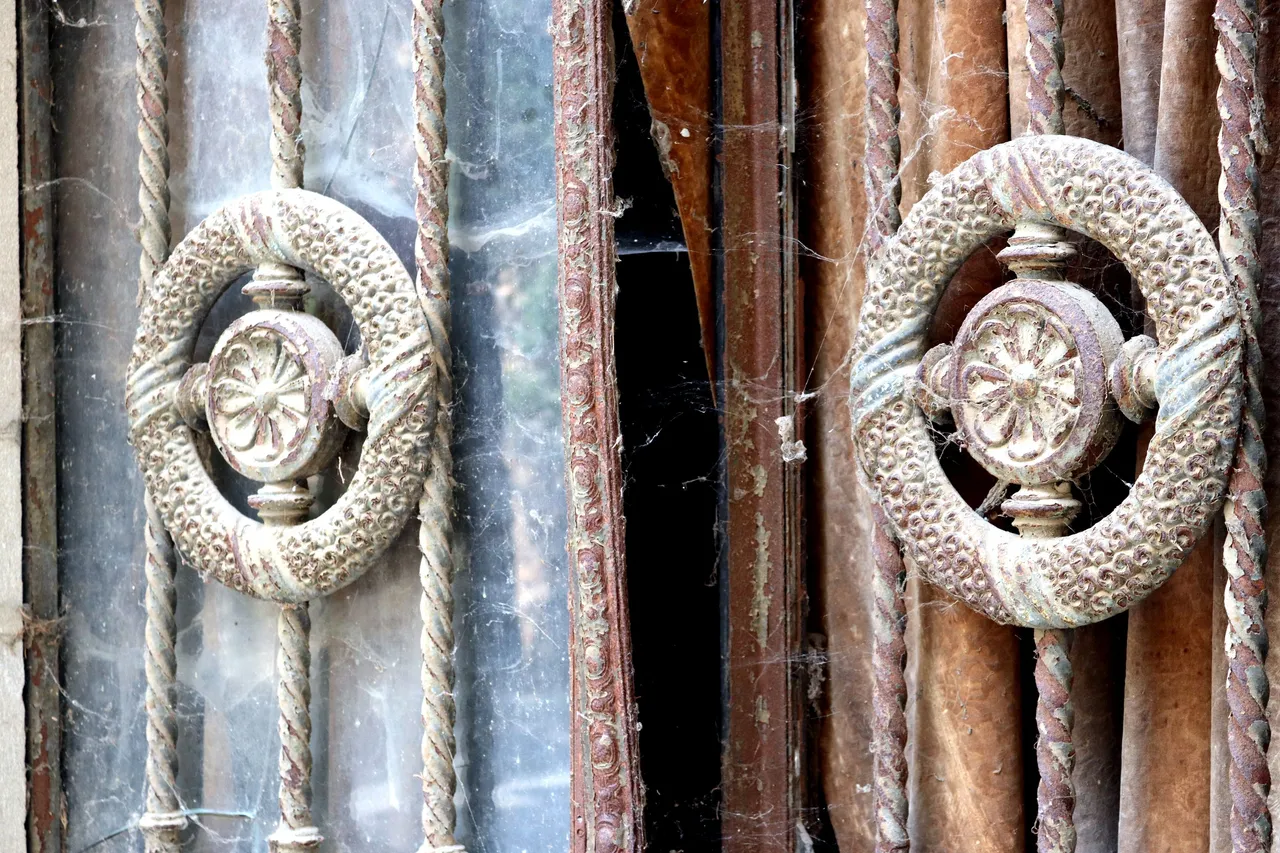
Our society seems to always have prized the afterlife than the current life, much as it devotes so much space now (senselessly) to housing the dead. Where the living struggle for room to live, to breathe, where we cut trees down to make room for apartments, while immense strips of land are just wasted on the skeletons of what once was.

Ours is a very strange society, still. Where we make pretty for the dead, but not the living. And I'm afraid as long as that remains so, people will never learn to dance in the face of death, or enjoy their time on this Earth, brief as it may be.
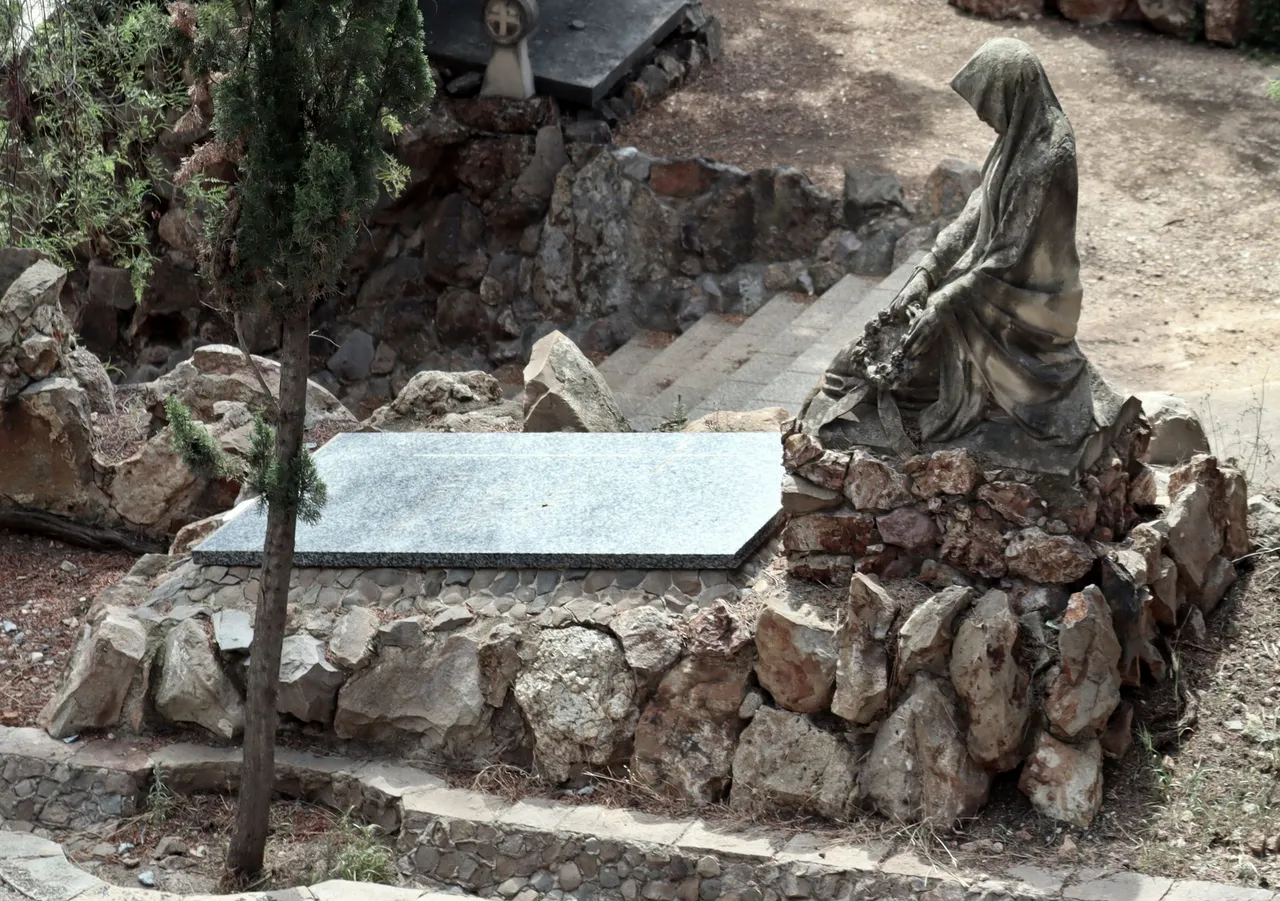
When I die, I don't want my kids to waste a minute sweeping my grave, only to carry me in their hearts. It's the only way we can "keep" the dead alive a while longer, anyway. No amount of sculpture and flowers can change that, nor should we try. There's another problem. How are we ever to accept and embrace death as a natural phase of this existence (perhaps a final one), if we keep building monuments to deny it?
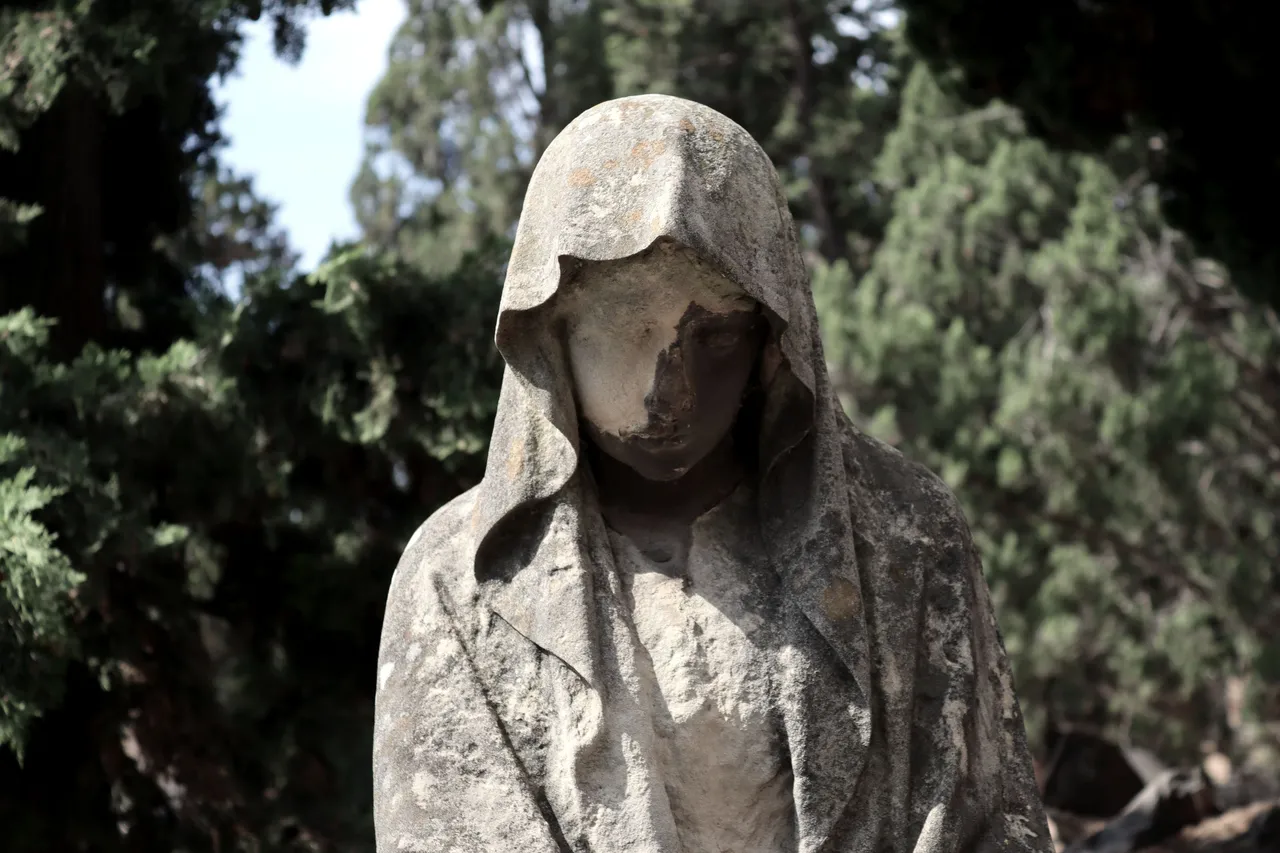
Oh well. Just some rambles on the topic of cemeteries. Until then, they at least make for some fascinating photo ops.
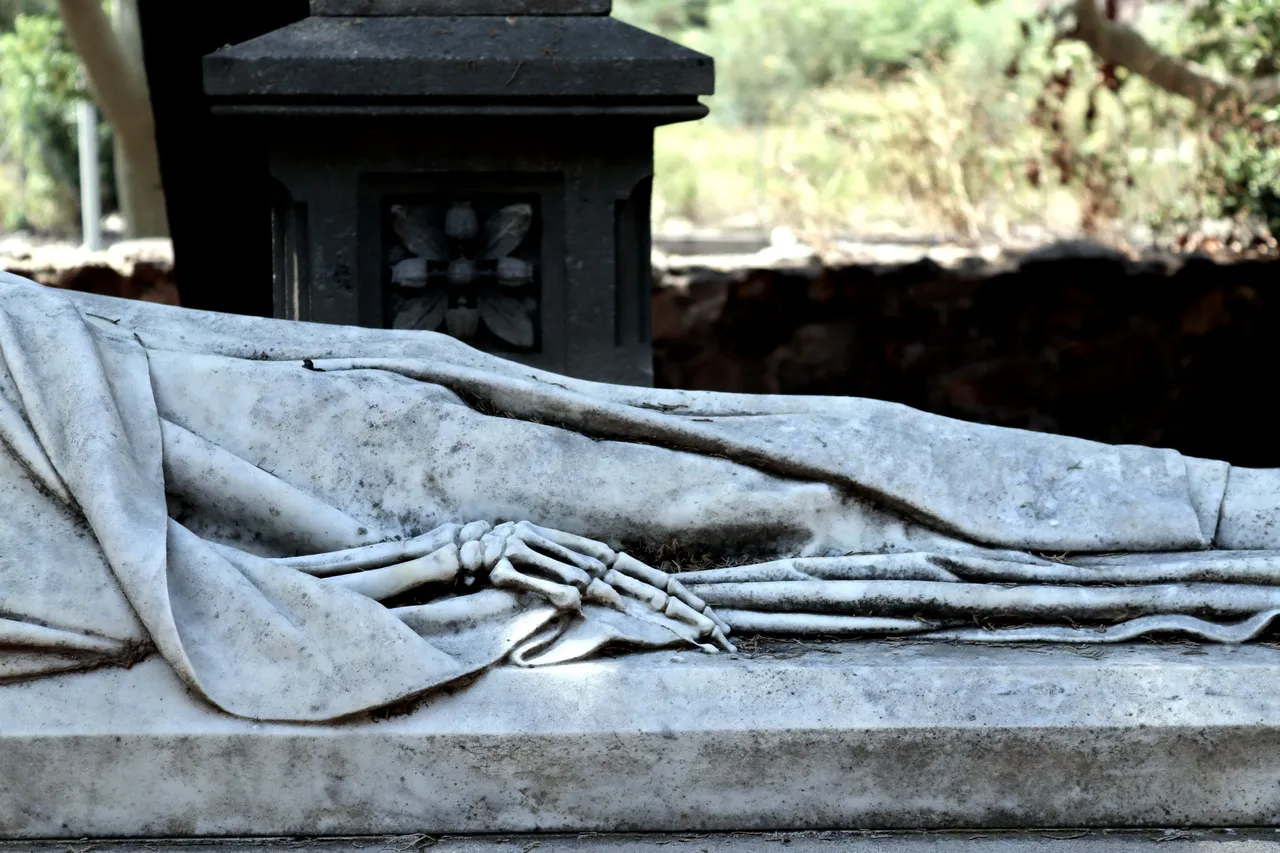
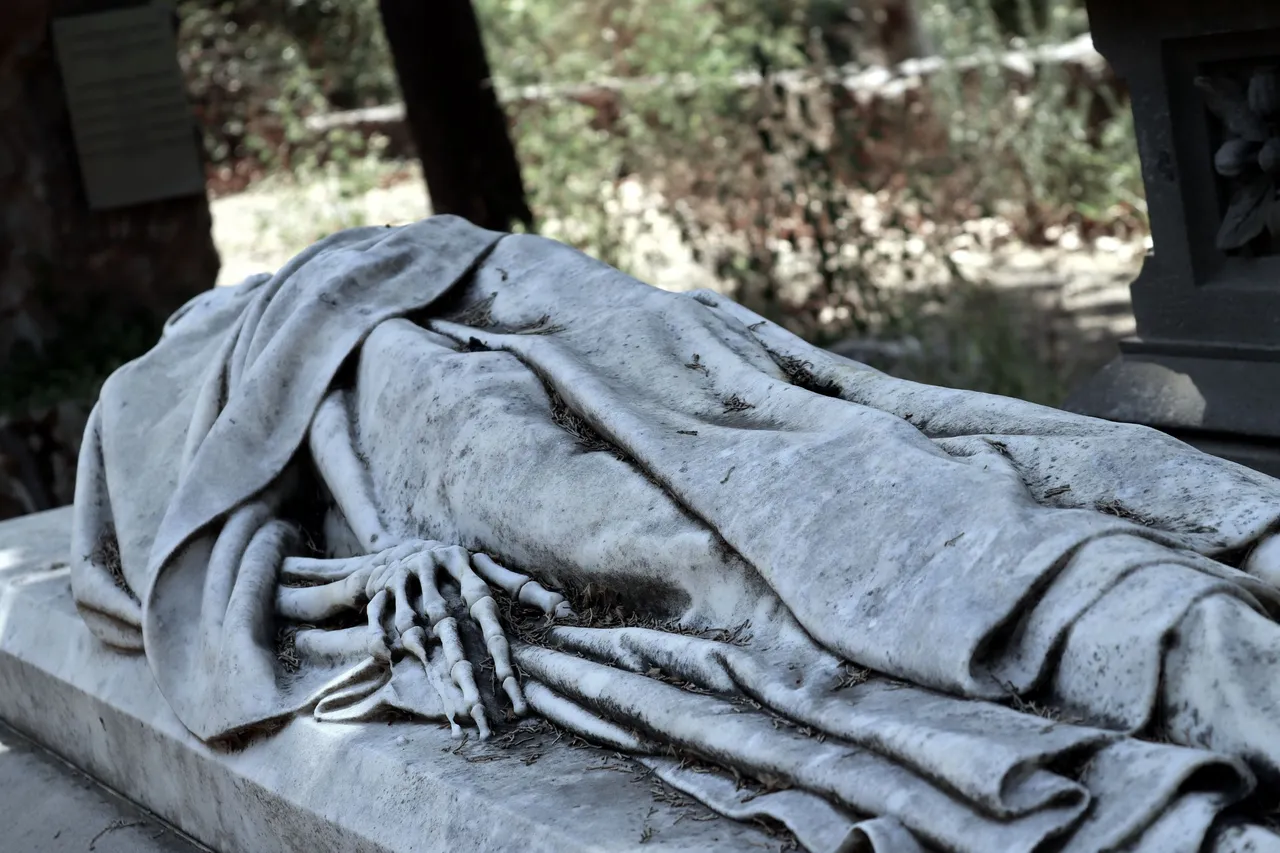
(In case you are wondering, the first and last two pictures are from the grave of a distinguished doctor and anatomy professor, hence the rather graphic and superb skeleton. Who said doctors didn't have a sense of humor?)
